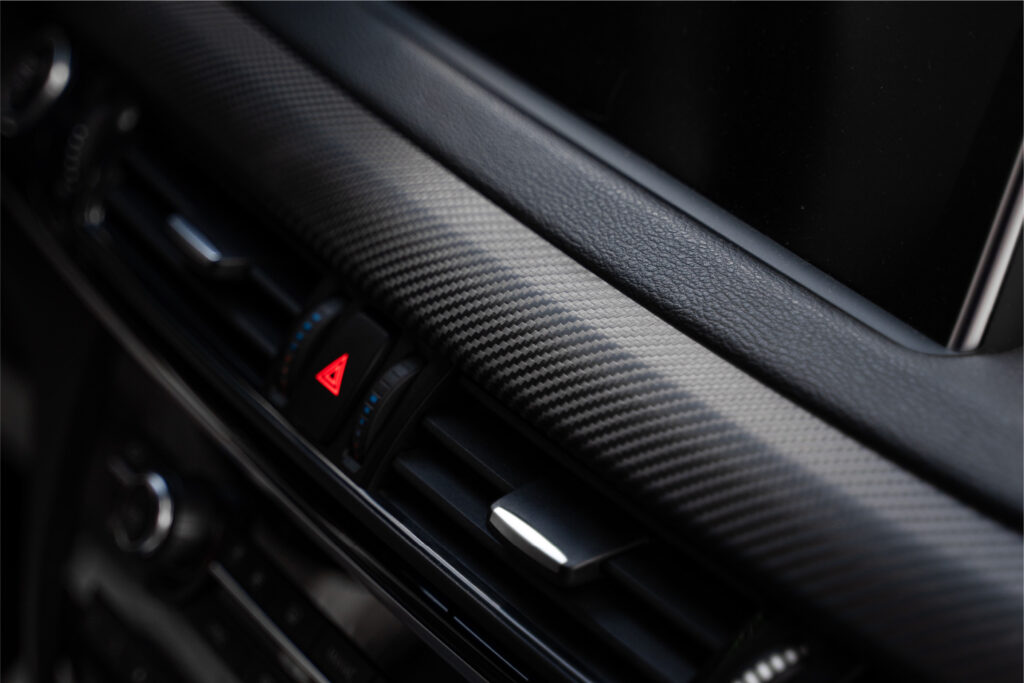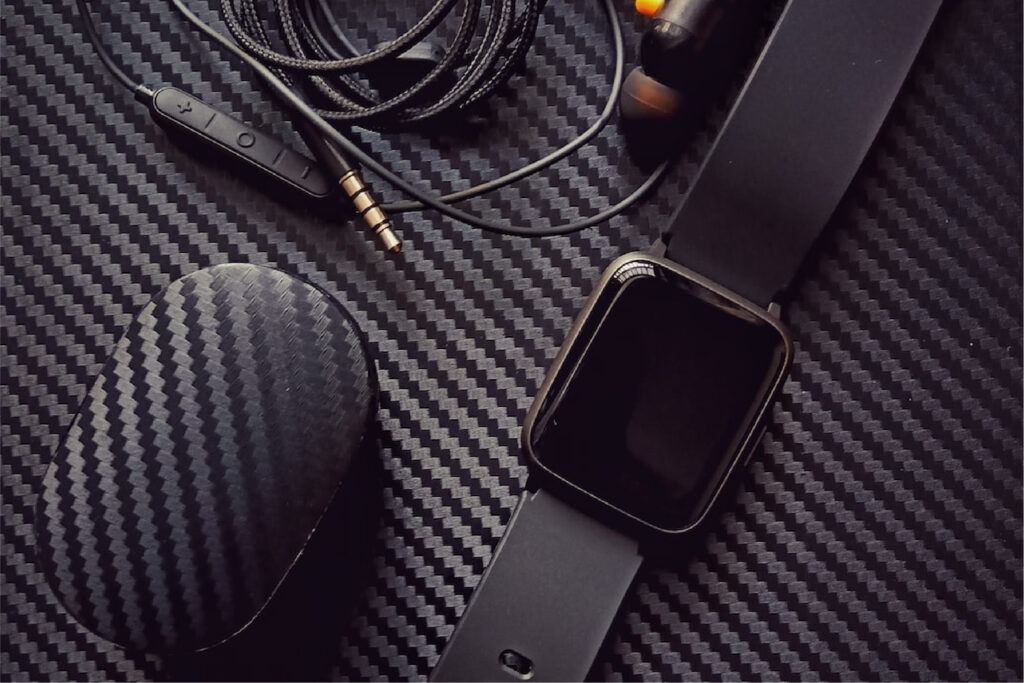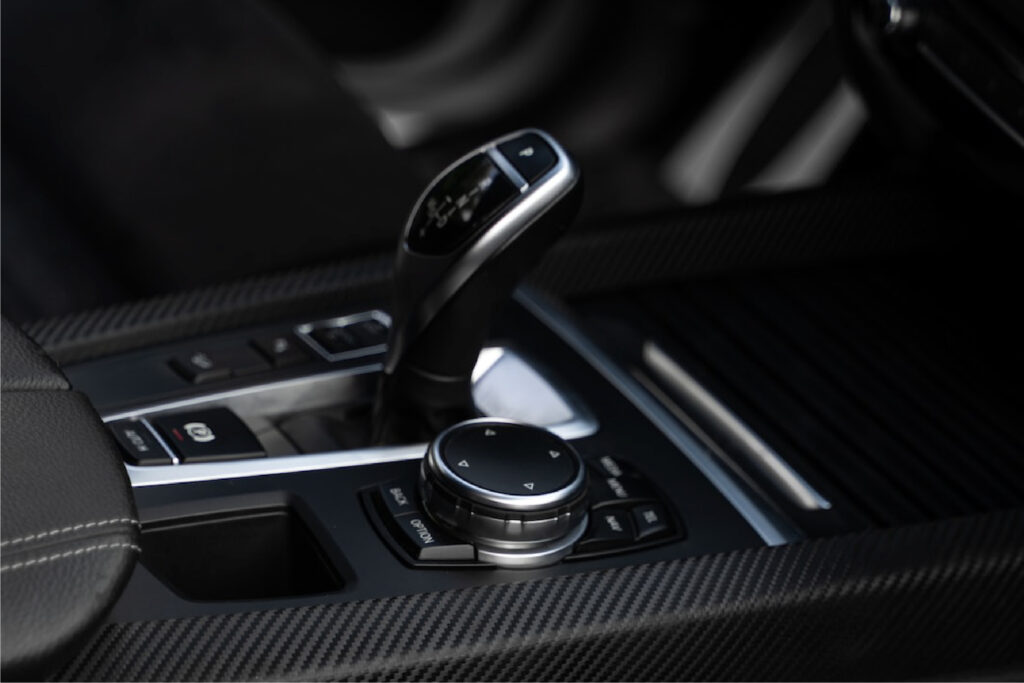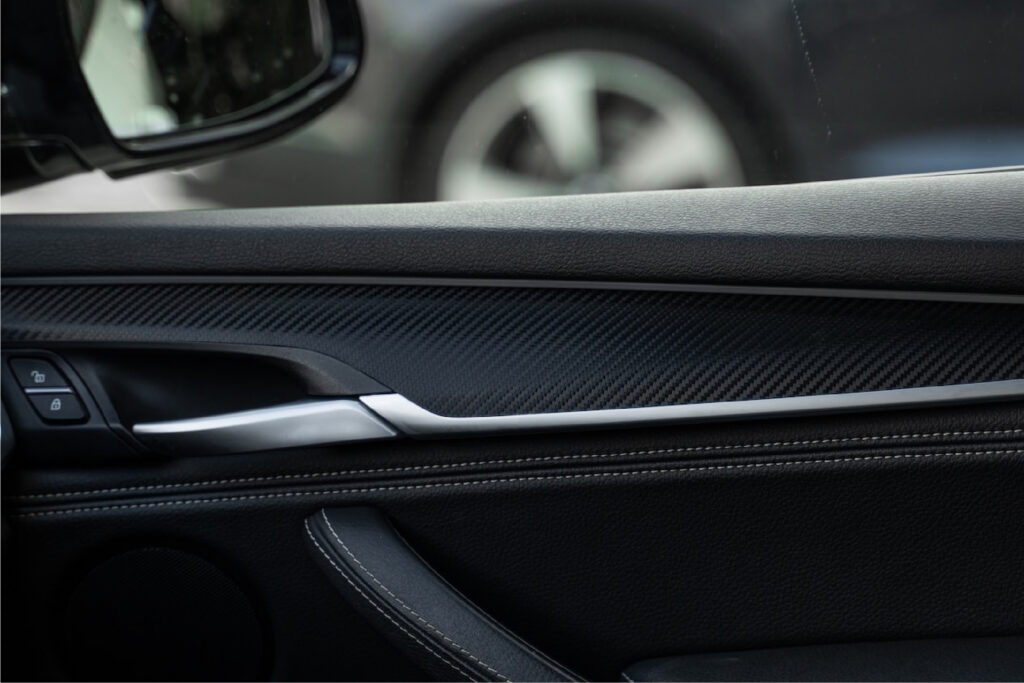There are a number of benefits of autoclave batching, including the ability to produce large quantities of carbon fiber, the ability to produce carbon fiber with a high degree of accuracy, and the ability to produce carbon fiber with a consistent quality. Autoclave batching is the solution for perfect prepreg carbon fiber!

What is an autoclave?
An autoclave is a type of pressure vessel that utilizes pressurized steam to reach high temperatures. Autoclaves are used in the manufacturing process of carbon fiber to cure prepreg carbon fiber at a high temperature and pressure.
Autoclaves are cylindrical-shaped vessels and feature two openings for introducing steam and for removing the cured carbon fiber material. Inside the autoclave is an inner chamber called a “platen” that allows for the application of pressure to the prepreg carbon fiber. The platen is made from a material such as aluminium or stainless steel and heated using electric or gas heaters.
When the carbon fiber is exposed to high temperatures, the resin present in the carbon fiber undergoes a curing process, hardening the fibers and transforming the material into the desired shape or form. After the curing process is complete, the freestanding material is then ready for use.

How does an autoclave work?
The autoclave works by creating a controlled environment within its chamber. The air pressure and temperature are both exactly set to create the perfect curing conditions for the carbon fiber material. The prepreg carbon fiber material is placed on the platen, either in sheet or roll form, and heated up to reach the set temperature. The pressure of the steam is then applied, to press the material against the platen. When the prescribed temperature and pressure are both reached, the curing process begins and can last from three minutes to over an hour, depending on the pressure and material used. After the curing process is complete, the pressure is released and the freestanding material can then be removed.
Why is an autoclave the best solution for prepreg carbon fiber?
Autoclave batching is considered one of the best solutions for perfect prepreg carbon fiber due to its several advantages. Autoclave batching can provide uniformity to carbon fiber parts, allowing for equal diffusion of the epoxy resin through the part during the curing process. This ensures that the structure of the part remains consistent and that the strength of the bond between fibers remains high.
It also allows for high-pressure processing, which helps reduce the overall curing time, while also creating stronger bonds between the fibers and resin, leading to extremely durable parts. The heat and pressure generated in the autoclave also ensures that any air bubbles trapped in the material are completely removed, leading to an incredibly strong, lightweight and consistent end product.
The controlled environment created by autoclave batching is consistently maintained (both in temperature and pressure) throughout the entire process, eliminating any inconsistencies that can occur when using other methods for curing. This leads to a more uniform finish, with fewer air bubbles, better overall strength and consistency. This makes autoclave batching the ideal solution for perfect prepreg carbon fiber.

How to use an autoclave?
Using an autoclave to batch prepreg carbon fiber is relatively simple. The first step is to determine the amount of plies and resin that will be needed. Once all of the necessary materials have been gathered, they should be placed into the autoclave. The next step is to set the Inclusion Pin, which will hold all of the layers together in the autoclave. Then, the Pressure Shutoff valve should be closed.
All of the materials should then be heated to the specified temperature, then the pressure stage begins. The entire cycle is repeated until the curing temperature and pressure have been maintained for the correct duration of time. The parts should be then cooled and a quality check carried out to ensure that all of the curing parameters have been met. This will guarantee a perfect prepreg carbon fiber material with a uniform finish, high strength, and very few air bubbles.

Conclusion
Autoclave batching is quickly becoming the preferred method for creating perfect prepreg carbon fiber. It is a reliable method for creating top-rate parts at a relatively low cost when compared to the lengthy processes that were previously required. Additionally, modern autoclaves are becoming increasingly automated, simplifying the entire process and making it easier to use and more reliable than ever before.
This form of batching is expected to become even more popular in the coming years as the technology continues to advance and become more user-friendly. There is no doubt that autoclave batching is becoming one of the most cost-effective and efficient methods for creating perfect prepreg carbon fiber parts.